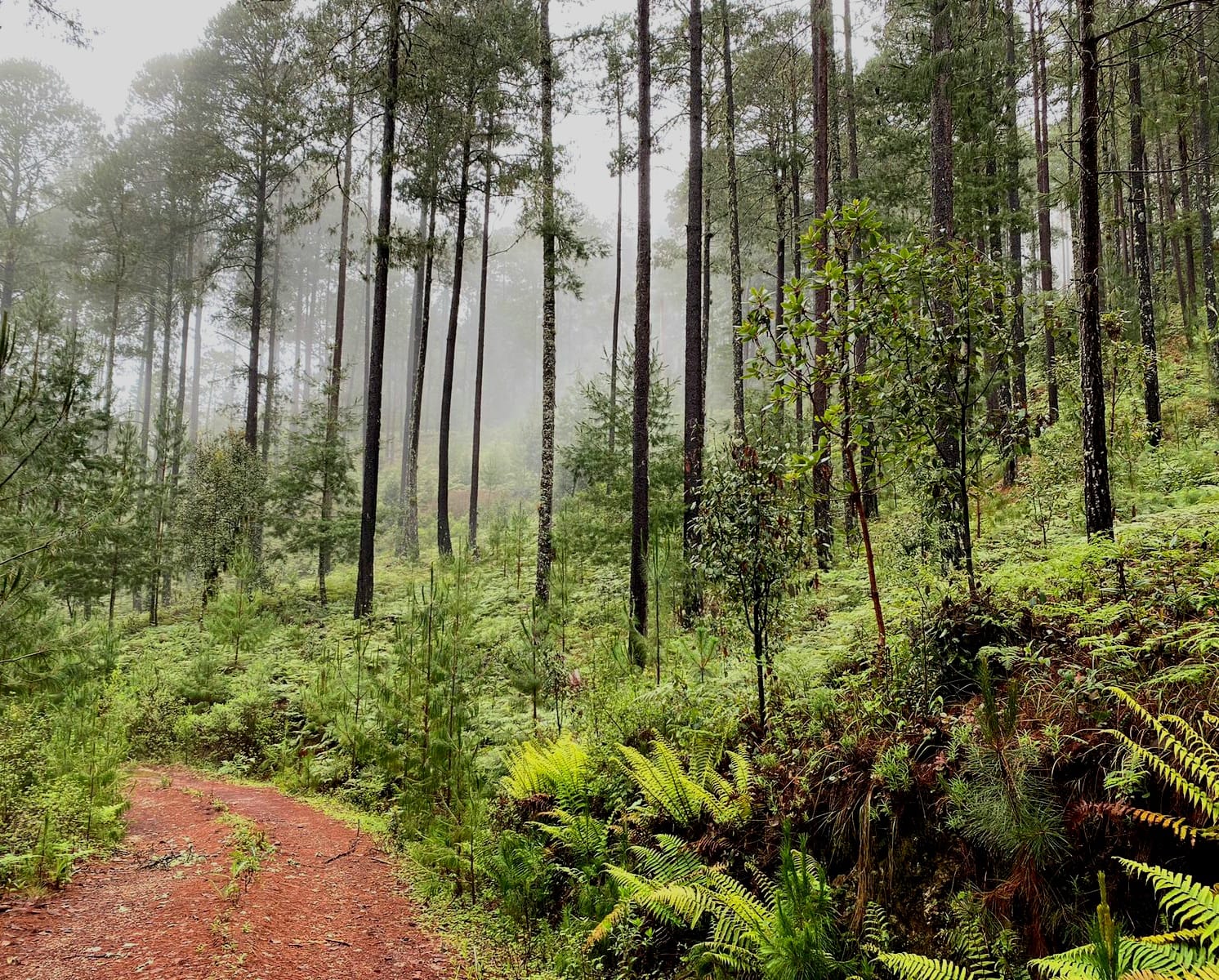0
- No products in the cart.
Posts Tagged
‘mexico’
Claudia Rodríguez and Rozana Montiel Estudio de Arquitectura talk about Casa Encinos, a project that integrates with nature and promote sustainability.
Read MoreAlejandra Roldán and Dr. Amaranta Arellano answer the question “Why must cacti be your first plant?”
Read MoreDive into the detailed analysis of the relationship between human activity and climate change in the article Climate Landscape, by Ana Romo and Julio Fonseca.
Read MoreSeeing Mexican cinema of the golden age from a landscape perspective gives you the opportunity to open panoramas in the story narrated through the landscape.
Read MoreDiscover why Mexican lands bloom proudly with the Dahlia, the representative flower of Mexico.
Read More
Page 1 of 22














